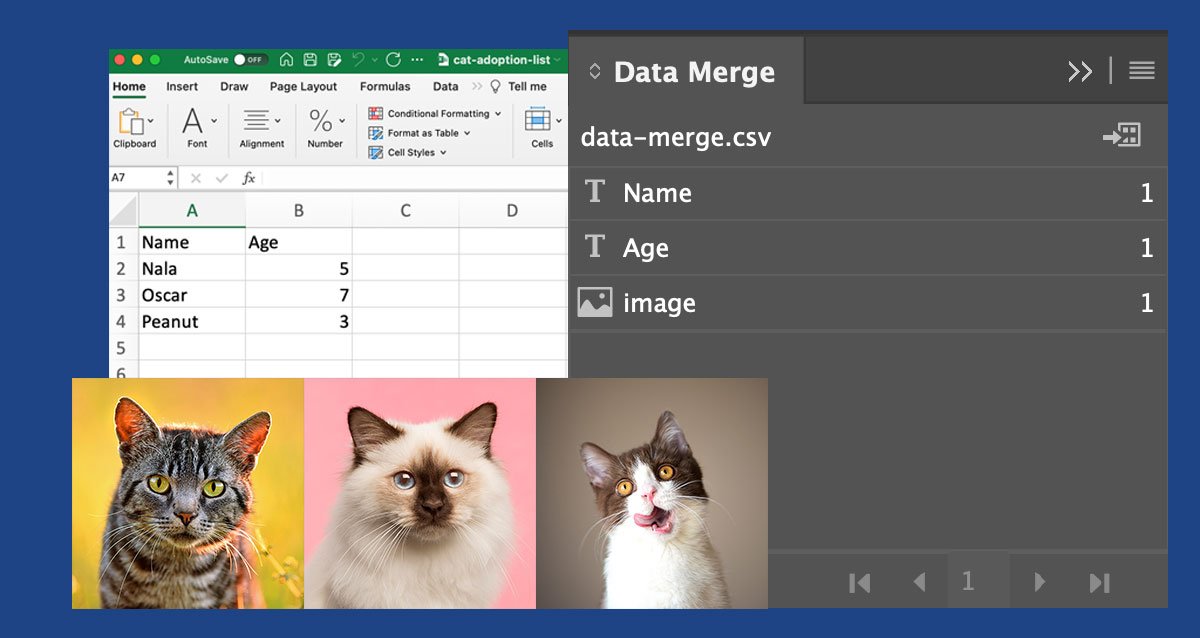Every day there are billions of people using Google search to find an answer to their question. These questions fall into four different consumer mindsets, and your business can answer those mindsets represented in the ( ).
- I want to know (I can tell you)
- I want to go (I can take you)
- I want to do (I can show you)
- I want to buy (I can sell you)
Benefits of Using Google Ads
- Target your ads to people with specific interests
– Keywords
– Location
– Demographics
– Devices - No minimum for advertising spend, and only pay when someone clicks on your ad (PPC model)
- Track every action and measure your success and understand where to invest in your campaign.
– Cost per click (CPC)
– Cost per action (CPA)
– Understand behavior with analytical tools - Efficiently manage your campaigns with tools and resources to manage and monitor your account(s).
– Free Google Adwords Editor
The concept of Google Ads is simple – it’s an online advertising platform that puts your business in front of the right customers. Businesses who struggle to appear on the first page of search results will often spend some money in Google Ads until their website organically rank higher.
How PCC Ads Work
Where Ads Appear
When using Google Ads, you are gaining access to the Google Network that is divided to search and display.

Search Network
Keyword targeted text ads in search results, but can also be seen in Google Maps, Google Shopping, and search partner websites.
- Gain an advantage over organic listings
- Reach customers actively searching for your specific product.
Display Network
- Related website content matching ads, which are more visual and attention-grabbing, which is typically a banner ad.
- Reach a wide range of customers with broad interests
- Build brand awareness and customer loyalty
- Increase engagement with customers
- Specific placement targeting
How Ads Appear
There are different formats (known as “Ad Types”) that you can use for your advertisements. Here are the most popular types:
Text*^ – Most common type of search ad that is easy to set-up and that includes a headline, URL, and descriptive text. Known as the best performing PPC ads you can buy.
Ads with extensions*^ – Essentially text ads with a few add-ons to provide extra information such as your address, special offers, press quote, or a phone number.
Responsive^ – Adjusts to pages to blend in with the content and primarily used for building awareness or remarketing.
Shopping* – Contains product and pricing information that requires much effort to set up (use of Google Merchant Center, create product feeds, and sync your data with Google Ads).
Image^ – A visual advertisement on another website.
Video – A video that runs inside another video.
Call only – Allows customers to call your business when they click on your ad instantly.
*= Search Network
^= Display Network
The Structure of Google Ads
- Account (Top) – Information you establish when you sign up.
- Campaigns – Budget and settings for when your ad appears.
- Ad groups – More granularly under a campaign.
- Keywords
- Advertisements (Bottom)
There are different ways to stay organized, and that can be dependent on your business type or how you see yourself working the most effectively. You can organize campaigns by category or objective and match type (recommended).
Category Campaigns

For an online eCommerce shop, you may organize by product category (jackets, shoes) as the campaign. Then the ad groups would be more granularity about the product (rain, winter, snow, men’s, women, and children, etc.)
Objective and Match Type Campaigns

For your business ads you may have multiple objectives – one to show up alongside competitors and the other is to show up for people searching for your product/service. In this case, you’d want to create four campaigns to start with since there are two match types. A “match type” is how strict you’d like Google to be with the selected keywords.
Exact match – Serves ads for the exact keywords you provide.
Broad match – The option to show your ads for related searches.
Best practices for being organized:
- Organize your campaigns and ad groups from the start
- Start with specific ads and targeting
- No more than 10 Ad Groups per Campaign
- Stick to about 10-15 Keywords per Ad Group
Order of Ad Rank
To help users find relevant information and assist advertisers to show relevant answers to be clicked on, Google has a maximum bid and quality score (ad rank) algorithm tied to their auction-based platform. Just because you pay the highest bid, doesn’t always guarantee you position one in results.
The winner of position one includes other significant factors:
- Google-defined expected click-through rate (CTR).
- Making sure the landing page experience is relevant to the ad, easy to navigate, and transparent on how you collect and use your customer data.
- Ad relevance by analyzing the language of your ad as it relates to what was searched (this prevents buyers from bidding on unrelated keywords).
Leveraging Ad extension with your phone number, reviews, etc. [maximum bid] x [ad quality score (scale of 1-10)] = ad rank

Second-Price Auction
Google provides an option called “Second-Price Auction” which will automatically adjust your bid by one penny more to become the advertiser with the highest ad rank. This is how Google encourages you to always bid your true highest amount.
Your Advertising Business Goal
Having a clear goal will help you identify a strategy and help you measure the success of the results of an ad campaign. If you want brand awareness, you may track impressions instead of clicks, whereas a traffic campaign is going to be focused on the number of visitors where you will want to track the clicks. Some examples of goals:
- Increasing traffic
- Generate more phone calls
- Drive in-store visitors
- Educate consumers about a product/service
The Composition of a Goal
With a set goal, your ad campaign is broken down into a composition to help you clearly define a specific, measurable goal(s) you want to achieve. The most successful campaigns are going to be very specific.
- Objective
- Motivation
- Effort
- Key Performance Indicator (KPI)


Note: The Effort is specific to “booking haircuts for dogs” instead of “pet grooming for dogs and cats” because people aren’t likely searching for both and dog haircuts at the same time.
No One-Size-Fits-All Approach
Every business is unique, and you can follow best practices but will have to spend some money, look at the data, refine your campaigns, spend more money, and look at the data, and repeat to learn more.
A typical Google Ads campaign will hit its stride in about three months.
Month 1
The first month, you’ll be making educated guesses and collecting data. It’s common to lose money in the first month of advertising. Making changes and reviewing the ad performance will help you better understand your market. Some questions to ask yourself during this month:
- How’s my click-through rate?
- What about the bid price?
- Are we running out of money?
- Are we not spending all of our budget?
Month 2
In the second month, you should be seeing improvements after running a few tests and having several weeks of data. Taking time to analyze your data over the changes you’ve made will help you have a better sense of your targeted market.
For example, if your goal was to drive more traffic and you hit that goal by month two but found it to be too expensive – you now know that you can acquire traffic but can now tweak for a more comfortable bidding price (pausing keywords, lowering bids, changing ad copy, etc).
Note: If you spend money and don’t wait long enough, you may miss on seeing a transition.
Month 3
Into the third month, you should have a clearer understanding of your market and hitting your goal with a return on investment (ROI). With more data and strategic tweaks, you’ll be able to scale and create larger KPIs and understand about the average ROI on your ad spend.
Conclusion
There are so many powerful features on Google Ads that allow you to control a variety of settings which will let the right people see your ads at the right time. Whether or not you find success with PPC ads, you’ll take away some data and insight on what is and isn’t working when analyzing your audience and behavior. If you do achieve to see an ROI, it’ll be worth your time to start spending more to watch your business continuously grow.
Sources
- Keywordtool.io
- Semrush
- Google Keyword Planner
- Batesole, Brad. “Google Ads (AdWords) Essential Training.” LinkedIn Learning. https://www.linkedin.com/learning/google-ads-adwords-essential-training(December 31 2018).
- Rostampisheh, Reza. (2019). [Photo]. Google Campus, Los Angeles, United States. https://unsplash.com/photos/mE4Q1WHerkc.

With over 10+ years of experience in marketing and design, Jiun help businesses manage and execute marketing campaigns, track goal metrics, develop SEO-friendly content, optimize the buyer lifecycle, and collaborate with multiple partners, vendors, and press to maximize a brand’s lead acquisition strategy. Her background in marketing, graphic design, and front-end web development allows her to easily plan, communicate, and develop projects to meet your organizational goals.




